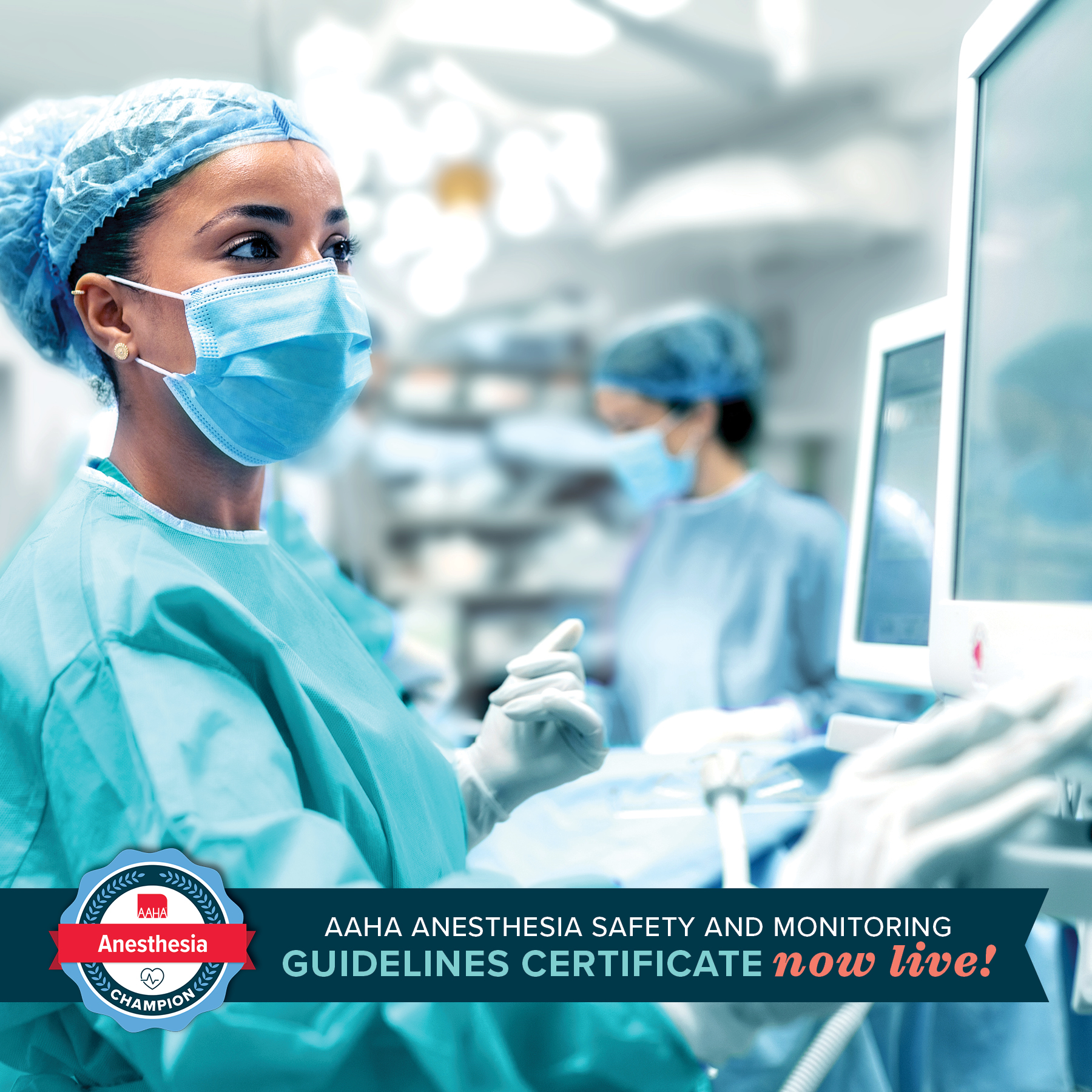Addressing compassion fatigue in EOL care
Compassion fatigue is a phenomenon defined as the emotional, social, and spiritual cost of caregiving leading to a decline in the desire, ability, and energy needed to empathize with and care for others. Ultimately, compassion fatigue results in the loss of satisfaction in both the professional and personal life of the caregiver. Healthcare team members who work with EOL patients and their owners and are immersed in an environment of intense emotional and physical suffering, often of extended duration, with little group awareness and support, are at higher risk of compassion fatigue. Veterinarians are especially at risk for compassion fatigue and depression due to the significant occupational stressors.13 It is important for the healthcare team to recognize the signs of compassion fatigue in order to maintain a high level of professionalism.
Compassion fatigue can manifest itself in a variety of ways that are often overlooked or dismissed as burn-out.
Behavioral signs: anger, frustration, depression, crying, insensitivity, negative attitude, anxiety, and irritability.
Physical symptoms: changes in sleeping behavior, somatic illness, lethargy, and impaired immune response.
Spiritual indicators: loss of hope, increased skepticism, and excessive guilt.
These changes can result in avoidance of certain clients, patients, or procedures; loss of enjoyment in work; and fear or guilt about letting clients or patients down. Ultimately, compassion fatigue can affect the morale of the healthcare team, either individually or collectively.
Awareness is the key to preventing or minimizing the impact of compassion fatigue. The likelihood of compassion fatigue becoming a chronic state or occurring in the first place is reduced when staff members have a high level of self-care, including adequate sleep, good nutrition, periodic breaks, and no over-scheduling.
Staff members who are particularly empathetic and motivated to provide patient or client support may be at higher risk of compassion fatigue. Staff education on the realities of emotional exhaustion and overload that can attend EOL cases is the best approach to avoiding, recognizing, and controlling compassion fatigue. Simply being aware that compassion fatigue is a normal risk of EOL care is often enough to prevent the serious consequences to team members.
Ways to Manage Compassion Fatigue
Accept that emotions such as compassion fatigue are normal and inevitable in EOL cases.
Verbalize the challenges of EOL care; avoid “bottling it in.”
Approach a colleague who may be showing signs of compassion fatigue.
Have debriefing sessions at the end of each day.
Seek professional counseling when appropriate.
Use role-playing techniques in a staff training setting to offset the effects of compassion fatigue.



